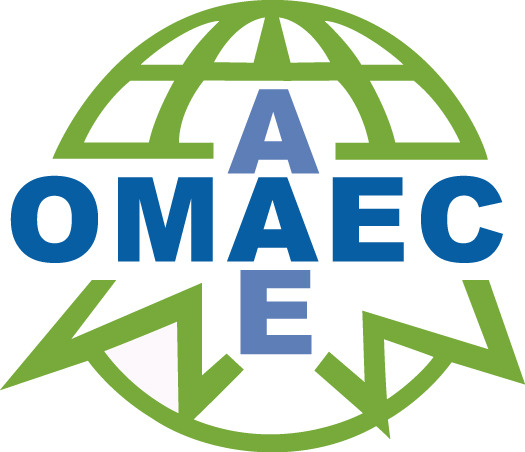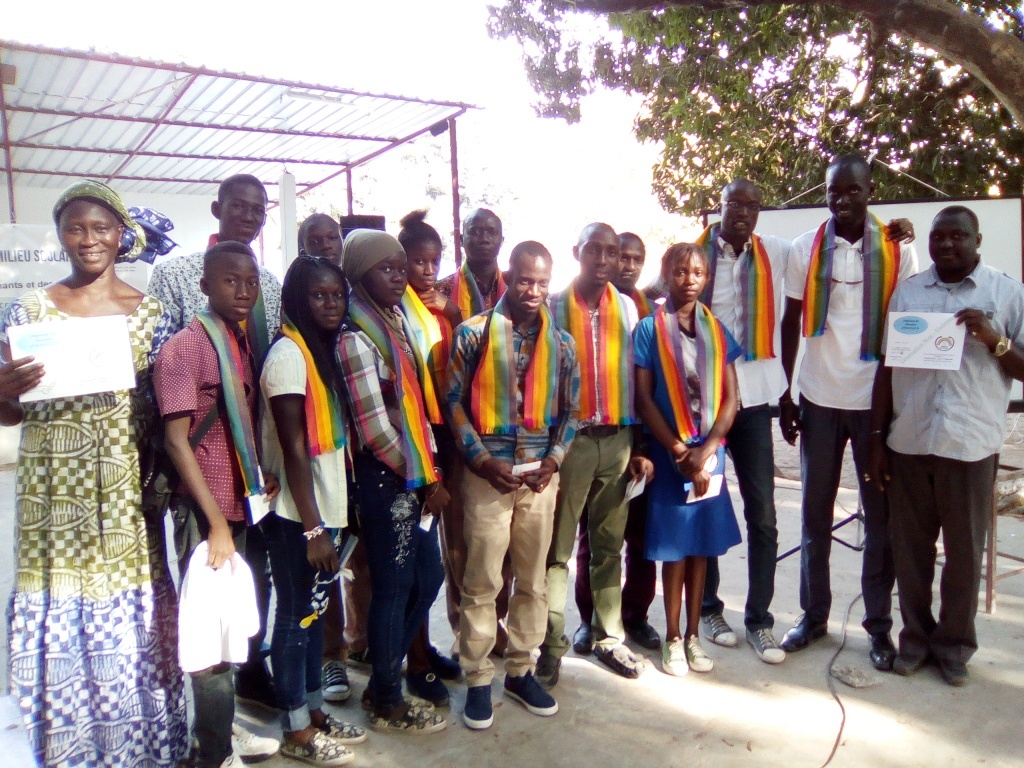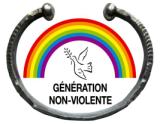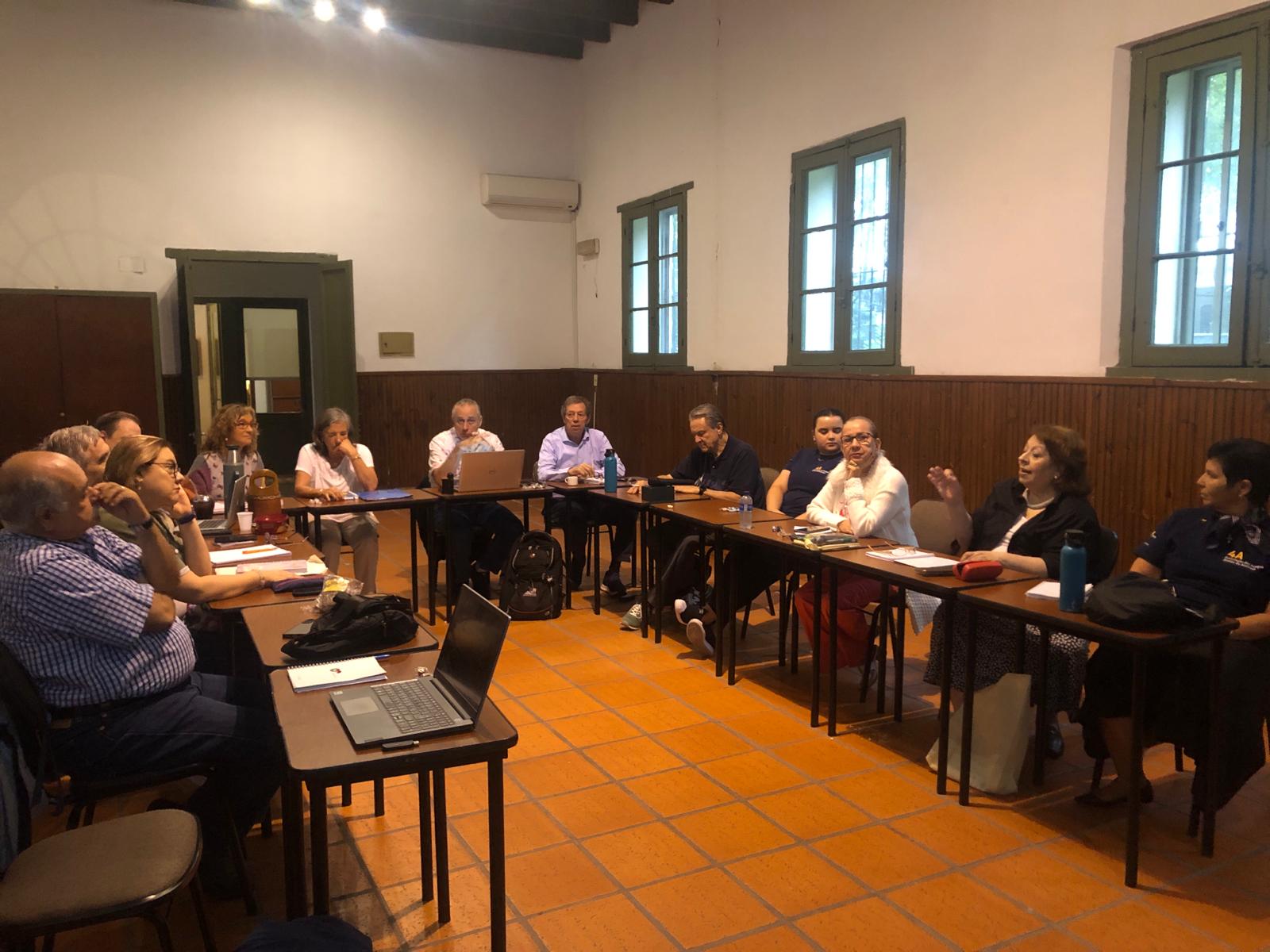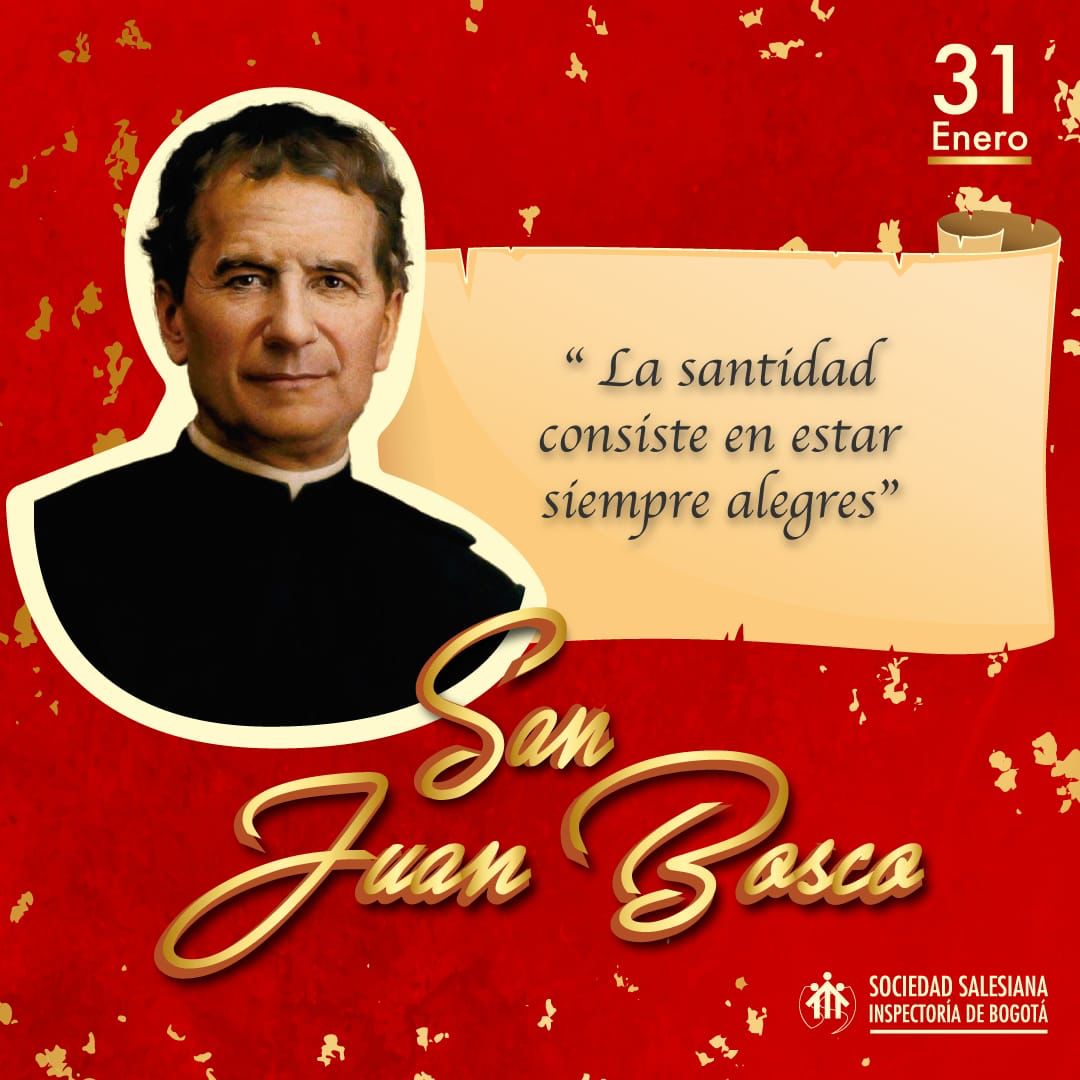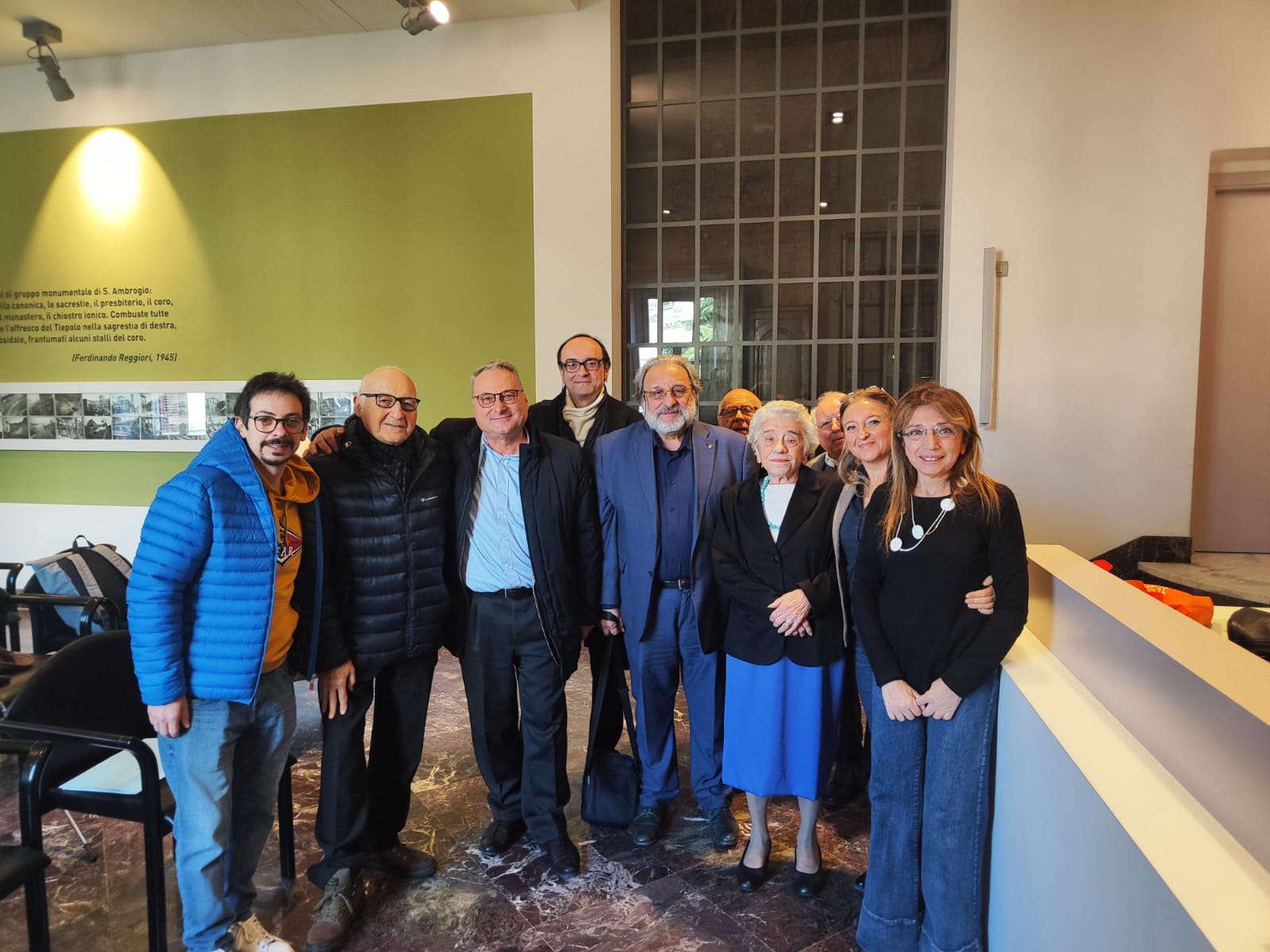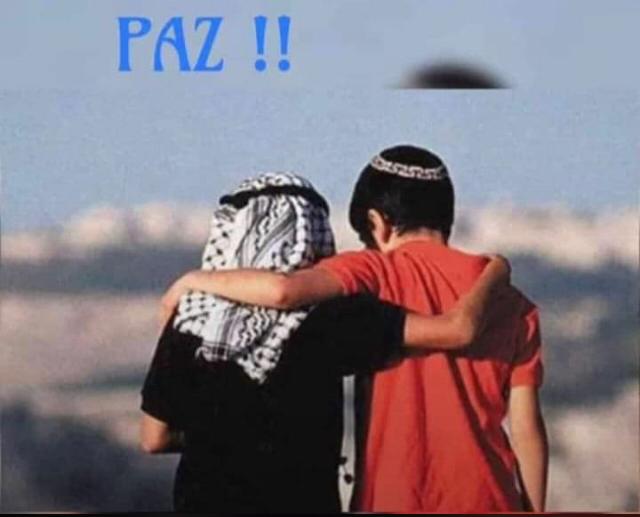Presentation of the Nonviolence Generation
the context in which it was born
The Jubilee Year 2000 and the war situation in Casamance, Senegal.
the vision
The Nonviolent Generation is a movement that aspires to a world or society without violence. Indeed, if conflict is a fact intrinsically linked to our human and social condition, its resolution, which is the subject of various approaches, can be non-violent and therefore respect human dignity and life.
the mission
Aspiring to a world without violence or human relationships without violence, the Nonviolence Generation wants to make all men builders of Peace through nonviolence, relying on children and young people, with the support of adults. True peace is peace that preserves human dignity and life.
The action lines
1 – Formation
The Nonviolent Generation wants to be a training framework for its members, in order to provide them with the necessary knowledge for their action. It is, in fact, a question of training them to discover violence in all its aspects and to help them see its destructive capacity in its perpetrator and victim throughout the psychosomatic process of their development.
Since this formation is intended to be a formation for life and in life and not a theoretical formation, the Nonviolent Generation must be seen as a framework for exchange and analysis based on concrete facts experienced by its members.
2 – Social mobilization
Social mobilization is an action line since the Nonviolent Generation will develop activities to challenge public opinion to a commitment that always respects life and human dignity with a view to a more just society.
Social mobilization is carried out through all possible means of communication (meetings, media, posters, etc.) The exchange of experiences takes place in small groups, large groups or general assemblies, forums, NVDay….
Education for peace: a challenge for our time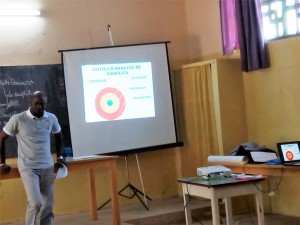
A world in pieces
“The last century has been devastated by two deadly world wars; it has witnessed the threat of nuclear war and many other conflicts, while today, unfortunately, we are dealing with a terrible world war in pieces. It is not easy to know whether the world is now more or less violent than it was yesterday, nor whether the modern means of communication and mobility that characterize our time make us aware of violence or make us more accustomed to it.
In any case, this violence, which takes place in “pieces”, in different ways and at different levels, causes enormous suffering of which we are well aware: wars in different countries and continents; terrorism, crime and unpredictable armed attacks; abuses suffered by migrants and victims of trafficking; the devastation of the environment. All for what purpose?
Does violence achieve goals of lasting value? Is that not all you have to do is unleash reprisals and lethal spirals of conflict that only benefit a few warlords’?
“Violence is not the cure for our broken world. Responding to violence with violence leads, at best, to a forced migration and appalling suffering, as large amounts of resources are used for military purposes and withdrawn from the daily demands of young people, families in distress, the elderly, the sick and the vast majority of the world’s inhabitants. In the worst case scenario, it can lead to the physical and spiritual death of many, if not all.
Pope Francis, January 1, 2017 N°2.
THE SCHOOL-COMPANY PROJECT
Developed by FESAEC / COFAEC /GNV
Project location
The business school will be built in the municipality of Bignona, the second largest city in the Ziguinchor region and the most populous in the region.
The Department of Bignona corresponds to that part of the national territory which belongs to the Sudanese Guinean domain. Its warm and humid tropical climate is influenced by the sea in the lower part of the Casamance River basin.
There are warm and dry winds (harmattan) from the northeast from November to May and warm, humid winds (monsoon) from the southwest from May to November.
Extended over five or six months (between May and October) in a normal year, the rainy season lasts only three rainy months (July – September), for some years now. Thus, the Department is being subject for widespread climate degradation. The average annual temperature of the department is about 29 0 C.
Land degradation has become a major obstacle to the optimal development of the earth’s capital. The phenomenon is due to the salinization / acidification of lowland soils and belongs to the loss of fertility after the repeated passage of bush fires, erosion by This is accompanied in some places by dune formation phenomena.
The formations of the forest domain are formed by dense dry forests and gallery forests located mainly in the southern part, mangroves and palm groves that colonize the fluvial-maritime zone. The department also has significant wildlife potential.
Context and justification of the Vocational Training School project
Bignona -30 km north of Ziguinchor-
It is in this department, as far as the Ziguinchor region is concerned, that the phenomenon of djakartas (motorcycle taxis) began, which led many young people out of school and without qualifications. It is a scourge, because not only do some people drop out of school to go to school, but they are the cause of many fatal accidents and do not represent sustainable employment.
Another danger is the idleness of these young people and their lack of resources, which may also be favourable elements for the Movement of the Democratic Forces of Casamance to recruit them as combatants.
Description of the project and its objectives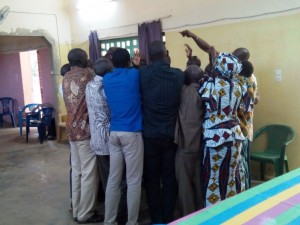
The department of Bignona is one of the most forested areas of Casamance: 3 legal sawmills, excluding illegal sawmills, and the number of small carpentry workshops. Several species are planted there.
After much reflection with local woodworking stakeholders, we thought about creating a Woodworking Vocational School option.
This school would allow young motorcyclists to come and learn a wood-related trade, from CAP to engineering school (think big and think big), while keeping their small job as motorcyclists at first.
Carpentry ranges from forestry to the sale of finished furniture. Every step is important. The felling of the tree to obtain its essence immediately requires a new plant, which is not the case today, and our forests are losing their raw material. Therefore, the range of training courses is wide.
This vocational school will therefore be a school for the protection of the environment, because it will integrate, in collaboration with the competent State services, awareness campaigns, reforestation and help to protect the forest with respect for the environment.
We call this project School-Business because we want to take into account the two characteristics of the problem.
Many training schools have difficulty in helping their pupils to enter the world of work. That is why we want, in our structure, to put the emphasis on training and the validation of the experience acquired, and at the same time to be a structure that gives employment to the trained and that explores the local, national and even international market.
For this type of profession, the creation of a structure of one’s own requires a large investment, which young people cannot afford. In addition, we want them to move from being trained as employees of the structure to collectively creating their own structure.
Other aspirants for these teachings, would be the carpenters who currently work without any kind of qualification. They have learned on the job, and want to acquire more modern techniques thanks to this upgrade and the contribution of suitable machines.
With their experience, they will become tutors – trainers for all these young people.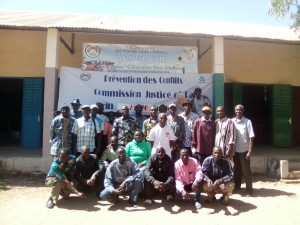
Wood, this noble material, is a blessing for Casamance; this population still needs to know how to protect, perpetuate, work and improve it.
This project is therefore a local project for local populations, men and women on the ground, and for all these young people, who currently lack qualifications, there is little future ahead.
Together, let us build the world of tomorrow, a world of peace and brotherhood among all, in harmony with nature created by our Father and entrusted to our care.
